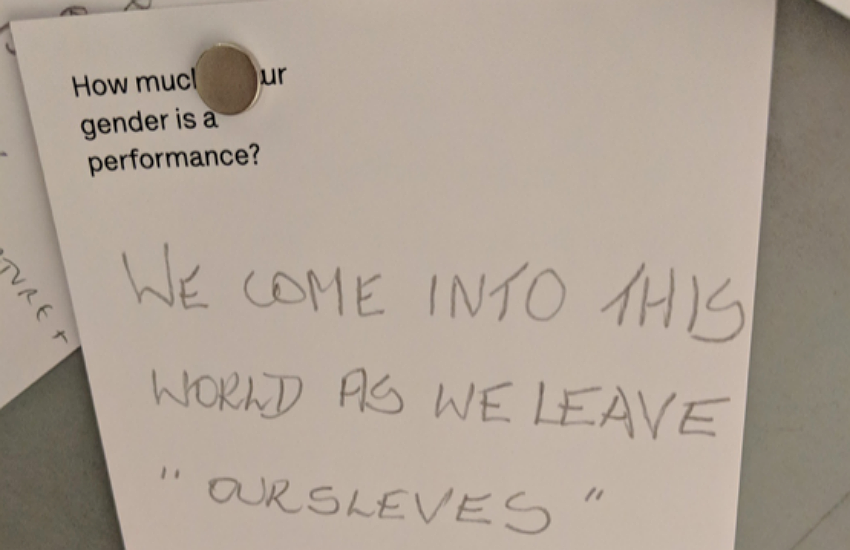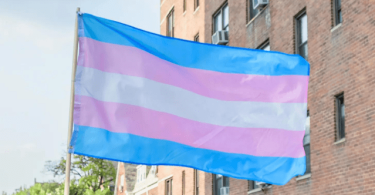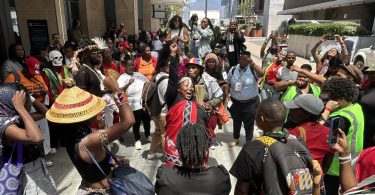How much of our gender is a performance? | Photo: Supplied
As a non-binary person, I am always keen to go see queer art a culture throughout history.
I knew I had to visit the Photographers’ Gallery in central London when I heard they had an exhibition on about gender nonconforming people from the 1800’s onwards.
The exhibition hosts a multitude of amateur photography of people who chose to go against the gender constructs of their time.
My favorite part had to be a wall where visitors were asked a simple question…
How much of our gender is a performance?
Reading the multitude of responses, I could see that many people had different takes on what that meant.
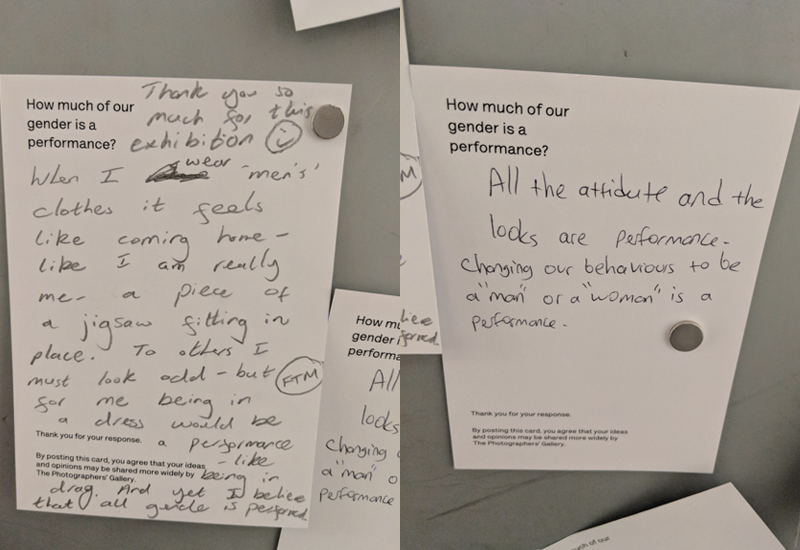
Photo: Supplied
Gender constructs and identities
One answer that really stood out to me was from a 56-year-old man. It read read: ‘As a 56 year old man, who has often as no idea who I am, I agree. I wake up and definitely feel gender dysphoric. I trudge on but have no place where I feel at home as neither man or woman.’
This idea that someone has lived their life not feeling comfortable in their body hit me.
Society and the media talk all the time about gender constructs and identities.
I am lucky enough to live in a part of the world where (for the most part) I am able to express my gender identity freely.
But for many this still isn’t the case and for many they never got the chance to.
The exhibition really opened my eyes to the privileges that I have today. It showed me some of the people who had to hide in the shadows to express themselves freely.
Gender constructs have been something that queer people have subverted and critiqued for a long time.
Another answer on the postcards read: ‘We come into this world as we leave – “ourselves”. We need to love ourselves more!’
One person decided to take the opportunity to call for change by writing: ‘I believe it’s time that we dress and feel however the heck we want and not be judged for it. It’s time we stopped dictating what other people do with their bodies.’
Most of the anonymous postcards were really positive.
Seeing how many gender nonconforming people are treated online and in the media, it was such a breath of fresh air to see that these strangers felt like people should be allowed to be whoever the hell they wanted to be.
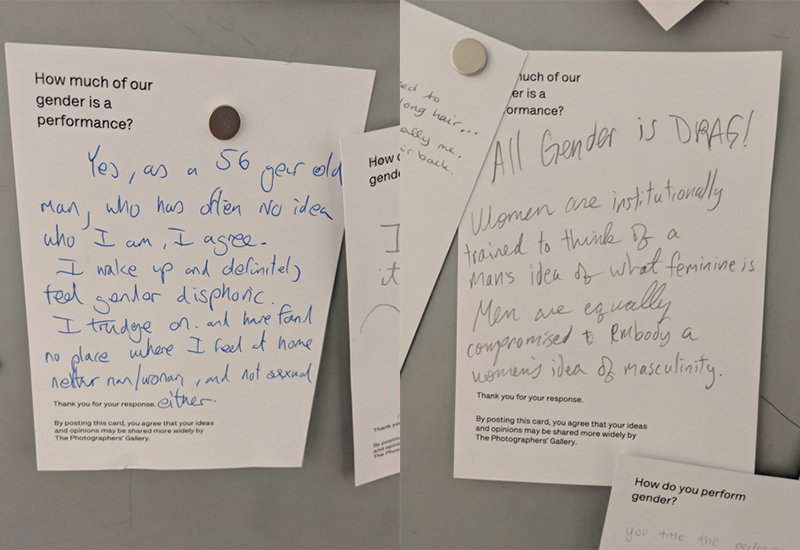
Photo: Supplied
‘Subverting gender norms is highly political and radical’
On my way around the floor I listened into a conversation held with two mature women:
One of whom said ‘I remember reading about how many women dressed up as men to get into the army. I was so surprised with how they managed to get away with it.’
To which her friend said, ‘People have been dressing up in the opposite sex for a long time, they did it in Shakespeare’s time when men dressed up as women in his plays.’
The literature graduate in me couldn’t help but interject.
I explained: ‘Yes but the reason for that was women weren’t allowed in the army or to be actresses because of the deeply rooted misogynistic ideas on gender in their times. The idea of subverting gender norms is highly political and radical.’
Spaces like these are so great for enabling discussion. Just looking around the gallery at all the different kind of people reading about these photographs made me happy.
The thought that we were all learning about gender nonconformity and hopefully opening our minds to different way people live their lives was great.
The exhibition called ‘Under Cover: A Secret History Of Cross-Dressers’ is on until the 3rd June at The Photographers’ Gallery which is open 7 days a week.
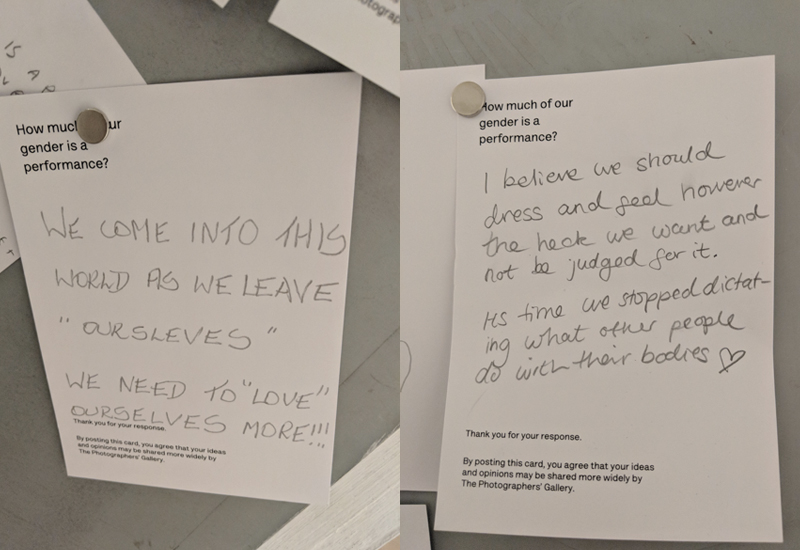
Photo: Supplied

